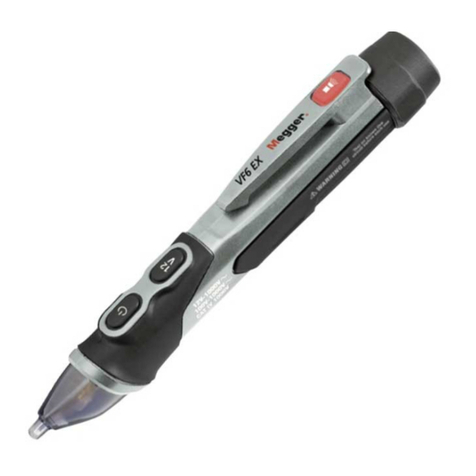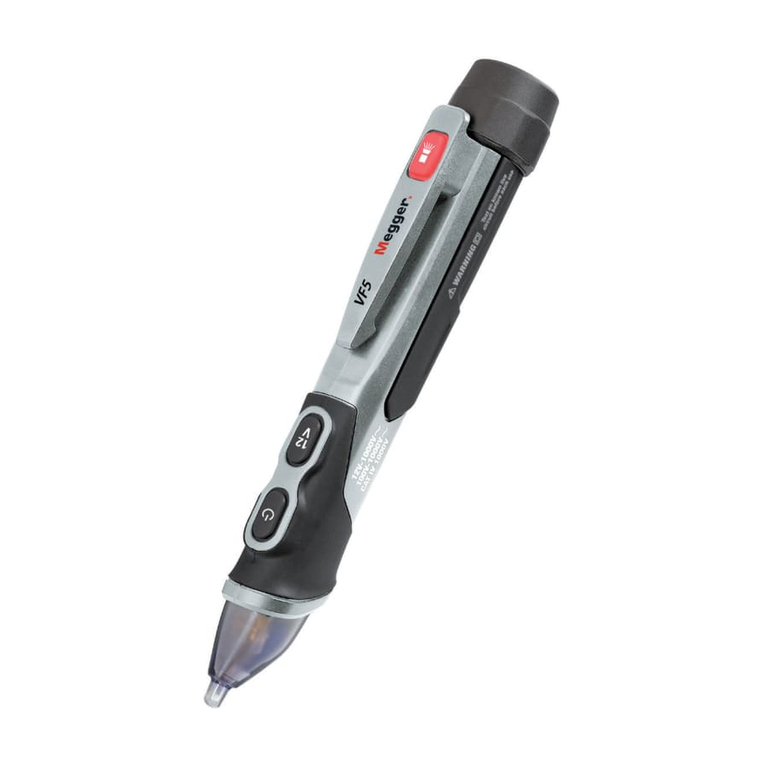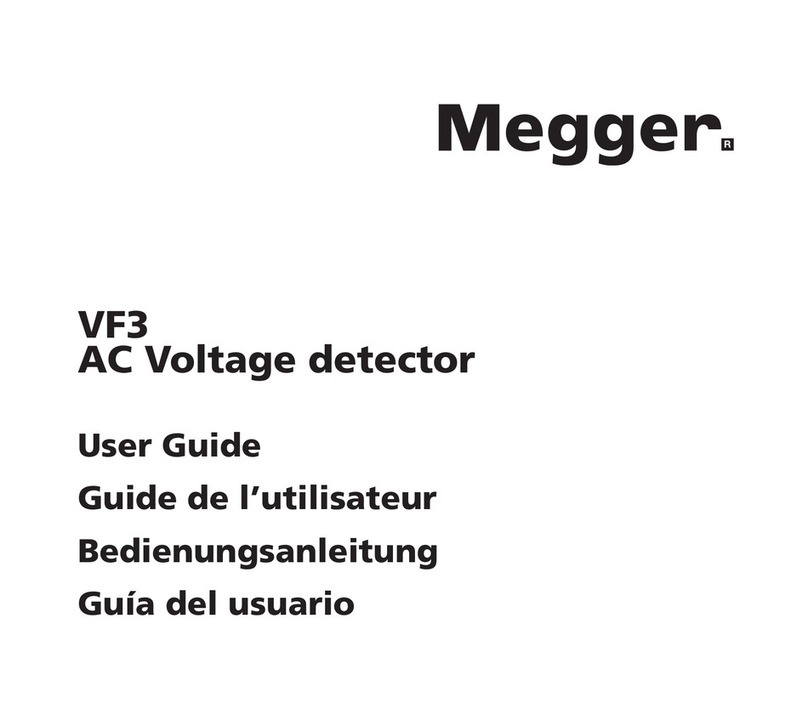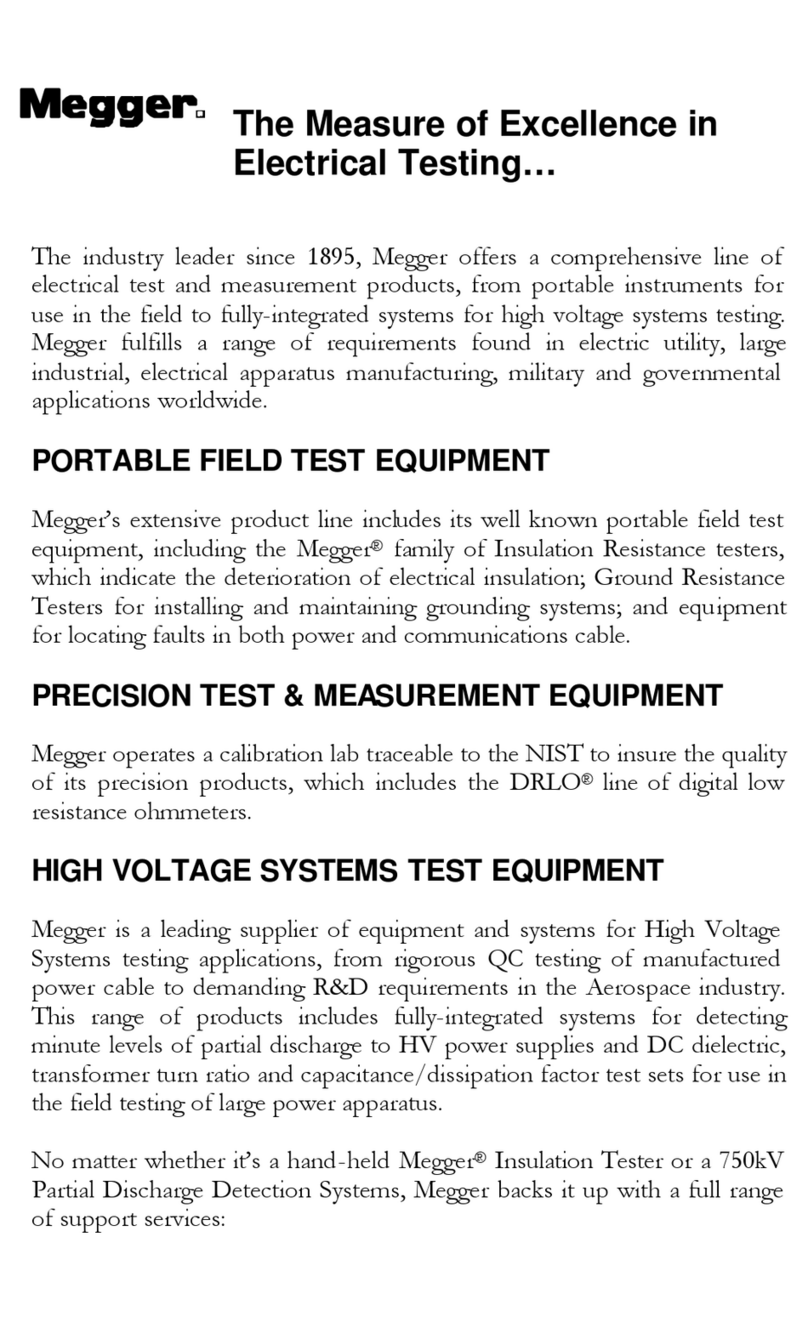
Technical description
9
2Technical description
2.1 System description
Defects on medium and high voltage sets not only require costly repairs, but can also
lead to failures of network sections with associated adverse consequences. It is
therefore in the interest of all grid operators to be able to detect signs of imminent
defects as early as possible so as to take suitable countermeasures promptly.
With the UHF PDD , Megger offers a lightweight, sturdy and portable measuring device
with which various equipment can be quickly examined for partial discharge signals in
ultra high frequency (UHF) ranges from 150 MHz up to 1000 MHz. The signal recording
can optionally be performed via UHF antenna, UHF coupler or using both
simultaneously. The device also additionally offers the option of displaying and
analysing decoupled high frequency signals (in the cut-off frequencies of
100 kHz <= f <= 70 MHz) from HFCT and TEV sensors.
Used in combination with the UHF coupler UHF C-1, likewise developed by Megger, the
UHF PDD is especially suited for testing of live high voltage terminations, the failure of
which is usually accompanied by the most devastating impacts on network operation.
But also for regular and quick checks of extensive installations such as substations, the
UHF PDD in combination with a UHF antenna makes the perfect tool.
Thanks to the two UHF signal inputs, the UHF PDD can be used for real-time
comparison of the base noise level of the surroundings (caused by transmitter systems,
for example) and the useful pulse-shaped signal on the sensor or the antenna. Of
course, two sensor signals can also be easily compared to each other if needed.
The UHF frequency band is ideal for selective and interference-resistant measurement
of electromagnetic pulses caused by partial discharges, since disturbances output from,
for example, transducers or transformers, are largely in frequencies <100 Mhz.
Measuring in the UHF frequency band also enables you to detect the differences
between outer corona or sliding discharges as compared to the dangerous internal
discharges.
The UHF PD Detector combines the following features in one device:
•Measurement of PD signals in the UHF range
•Measurement of spectrum, time and level on live equipment
•Real-time signal comparison thanks to two channels
•Intuitive operation using a touchscreen or operating buttons
•High-performance internal rechargeable battery enables long operating time
•Built-in UHF pulse generator for functional testing and checking of sensor
installations
•Synchronous network operation through internal or external sensors
measurement

































